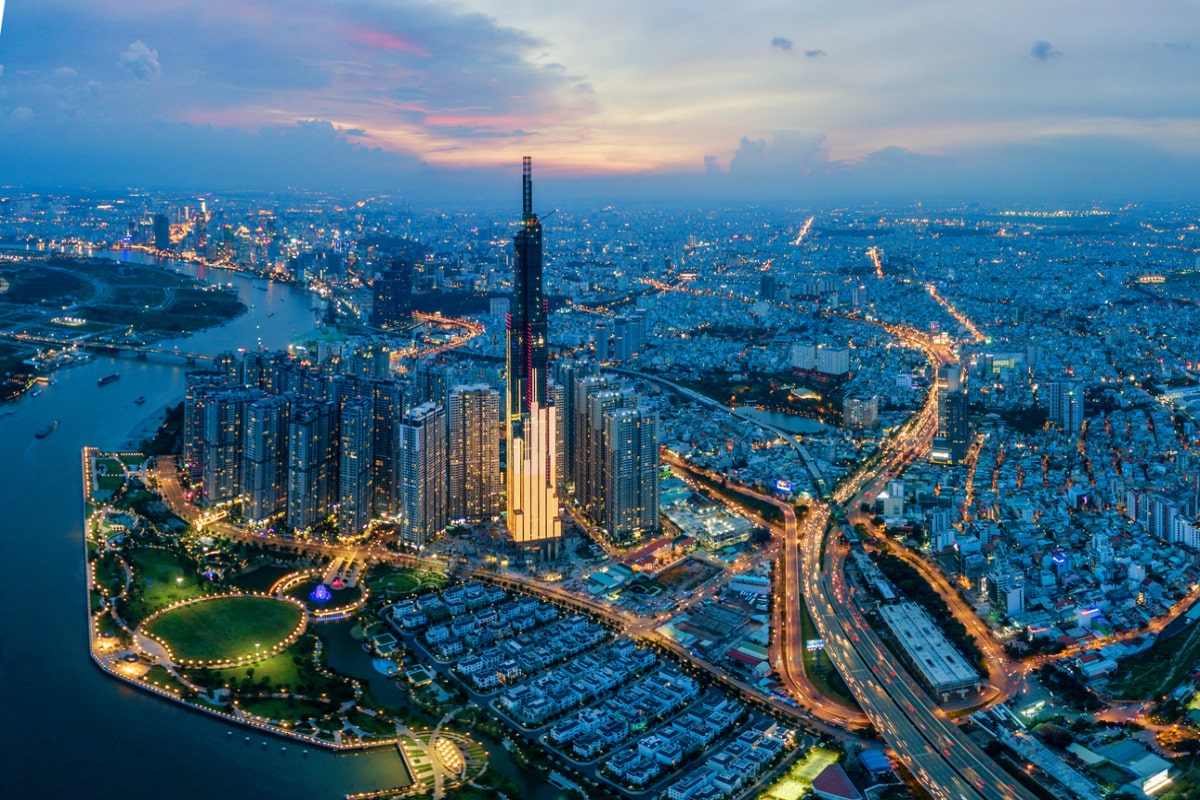Asian country reopens its largest rare earth mine 2024, auctions set to start this year.
Vietnam has vast rare earth resources. The U.S. Geological Survey (PDF) estimates the Southeast Asian country’s reserves to be 22 million tons, the second largest globally, only topped by China’s 44 million. However, these deposits are currently not mined extensively. According to the USGS, the country mined just 3,600 tons in 2020, followed by 8,000 in 2021. This, however, could change soon.
In 2014, the Ministry of Natural Resources and the Environment approved Lai Chau Vimico Rare Earth JSC and its Japanese partner to mine Dong Pao, the largest rare earth mine in Vietnam, which spans over 132 hectares in the country’s mountainous North. While the mine was operated initially, competition from industry leader China made the venture unprofitable, and Japanese investors Toyota Tsusho and Sojitz abandoned projects at Dong Pao, according to Reuters. Now, ten years after the initial approval, the mine is set to resume production, according to VNExpress, a Vietnamese online newspaper. Before the year’s end, the first blocks of Dong Pao are set to be auctioned off; the first mining operations could start in 2024.
Could Vietnam Rival China?
The reopening of Dong Pao is part of Vietnam’s larger goal of significantly ramping up its rare earth production. According to Reuters, the country has the ambitious target of reaching 2 million tons annually by 2030. Last month, Vietnam signed a Memorandum of Cooperation on semiconductor supply chains, workforce, and ecosystem development with the United States, which includes an extension of partnership on rare earths and other critical minerals. This is part of the U.S. and other Western countries’ goal to diversify their supply chains from China.
While additional production of raw rare earths is one step towards diversified supply chains, it is important to note that China accounts for roughly 90 percent of downstream processing (PDF). This means that most globally mined rare earths are transported to China regardless. Additional production facilities must be matched by further processing facilities to rival China directly.
Photo: iStock/SamuelBrownNG


